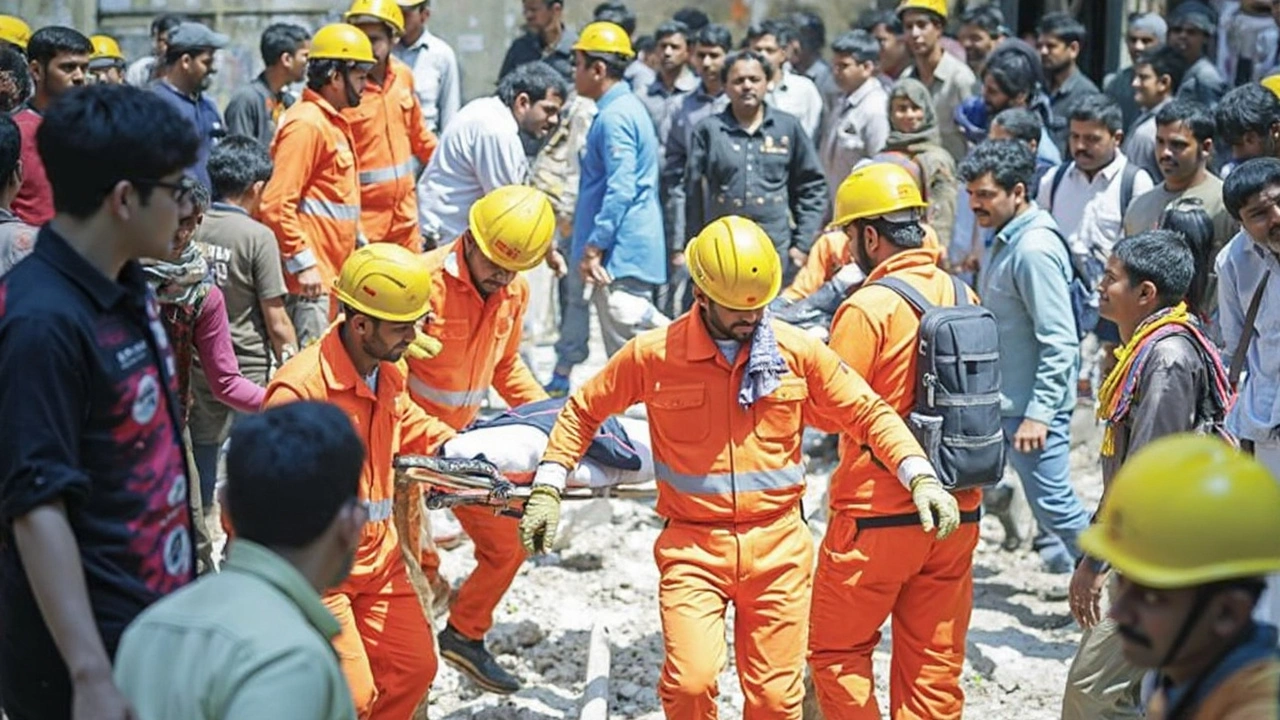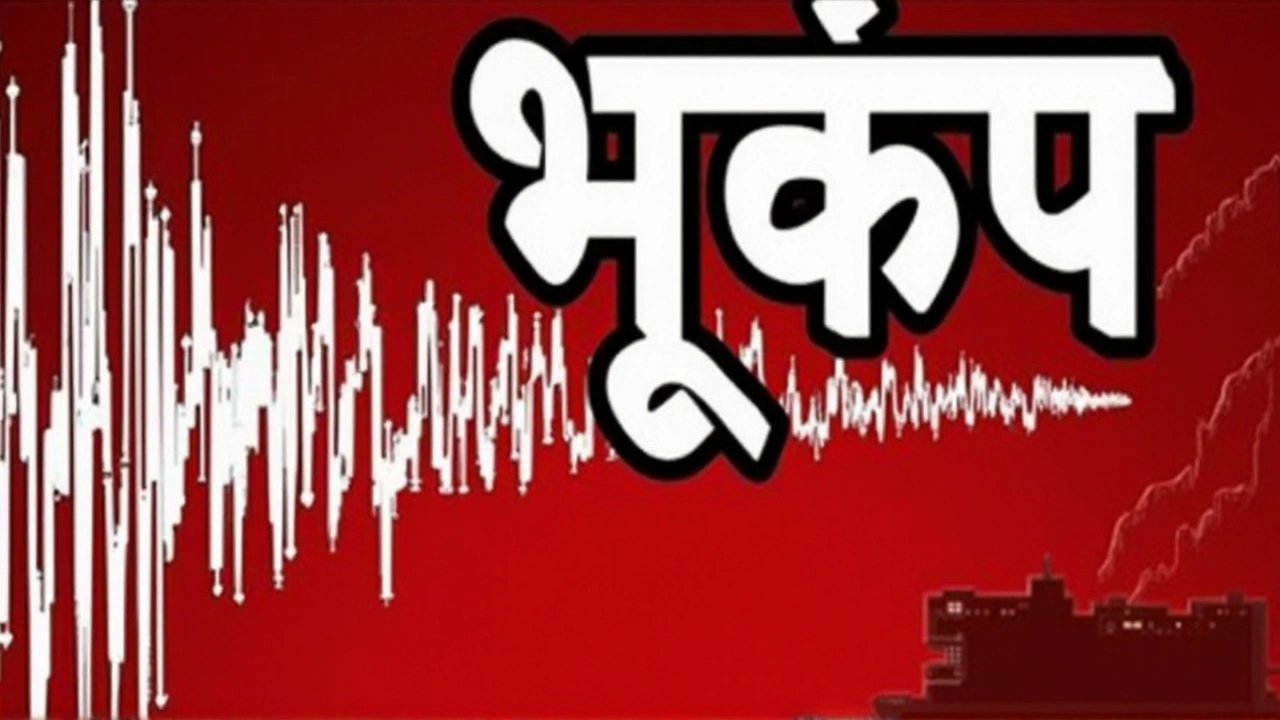
Powerful Earthquake Shakes Afghanistan-Tajikistan Border, Rattles South Asia
People across Pakistan, northern India, Afghanistan, and Tajikistan woke up to a rush of fear and confusion as a strong earthquake shook the region on April 19, 2025. The ground started moving beneath their feet, lights swung back and forth, and in cities like Islamabad and Delhi NCR, office workers bolted out of high-rise buildings mid-morning, unsure of what would happen next. The quake, which measured between 5.7 and 5.9 on the Richter scale according to the USGS, PMD, and Germany’s GFZ, struck at a depth of about 92 to 94 kilometers under the Earth’s surface.
The epicentre was pinpointed around 53 to 63 kilometers south-southwest of Ashkasham, a remote area along the Afghanistan-Tajikistan border. While earthquakes in this part of the world aren’t entirely rare, this one stood out because of its reach. Tremors lasted up to 30 seconds—long enough for people to sense real danger, scramble for safety, and send frantic messages to loved ones. In cities like Lahore and Peshawar in Pakistan, everyday life came to a grinding halt as people poured onto the streets, reciting prayers and worrying about possible aftershocks.
Even in India’s densely populated Delhi NCR, residents felt the full force of the quake. It’s not every day the capital reports unmistakable rumblings that cause buildings to sway and set off panic alarms. In Jammu-Kashmir, people living in multi-story constructions didn’t take any chances, quickly leaving their homes until the shaking stopped. Reports from Afghanistan and neighboring Tajikistan confirm similar scenes of confusion and anxiety.
The shaking reminded many of an eerily similar event just a week earlier, when a 5.5 magnitude quake rattled parts of northern Pakistan, especially around Rawalpindi. While these recent quakes aren’t the strongest recorded in the region, their frequency has everyone on edge. Scientists say that when earthquakes strike at a deeper level, damages on the surface are usually less intense. This time, no casualties or major destruction emerged immediately, but that’s little comfort for people who were left shaken out of their routines—some for the second time in ten days.

Growing Concern Over Seismic Risks in a Volatile Region
The string of recent tremors highlights just how vulnerable the Himalayan belt and its surroundings have become to seismic activity. The 2025 quake’s depth meant the vibrations spread far, touching not just rural villages along the mountainous borders but also dense urban centers—magnifying panic as city dwellers realized the earthquake wasn’t confined to a distant mountain. Emergency teams were placed on alert, phones across government offices buzzed non-stop, and everyone wanted one answer: Are more quakes coming?
For now, the relief comes from the lack of immediate injuries or buildings collapsing. People, however, haven’t shaken off their worry. Many spent hours outside, too nervous to head back inside. In Islamabad’s business districts, companies ran impromptu safety drills. In Pakistani provinces like Khyber Pakhtunkhwa, people recounted tales from earlier quakes, a reminder that the fear isn’t just about the shaking, but about the uncertainty it leaves behind.
This region sits on a web of tectonic faultlines running across Afghanistan, Tajikistan, India, and Pakistan. Every so often, these geological fissures release built-up stress, sending shockwaves rolling across large distances. What makes these events more alarming is their unpredictability; the ground can be calm for years and then come alive without warning, sometimes multiple times in short spans. Experts are watching closely, as the area’s shaky geology—close to the Himalayas—suggests that the threat isn’t going away soon.
Authorities in all affected countries urged the public to stay alert but avoid spreading rumors, reminding everyone to follow official updates. Even as people trickled back into their homes and offices, the memory of trembling floors and swinging ceiling fans lingered, serving as a harsh reminder that the Earth is rarely as stable as it seems in this corner of the world.